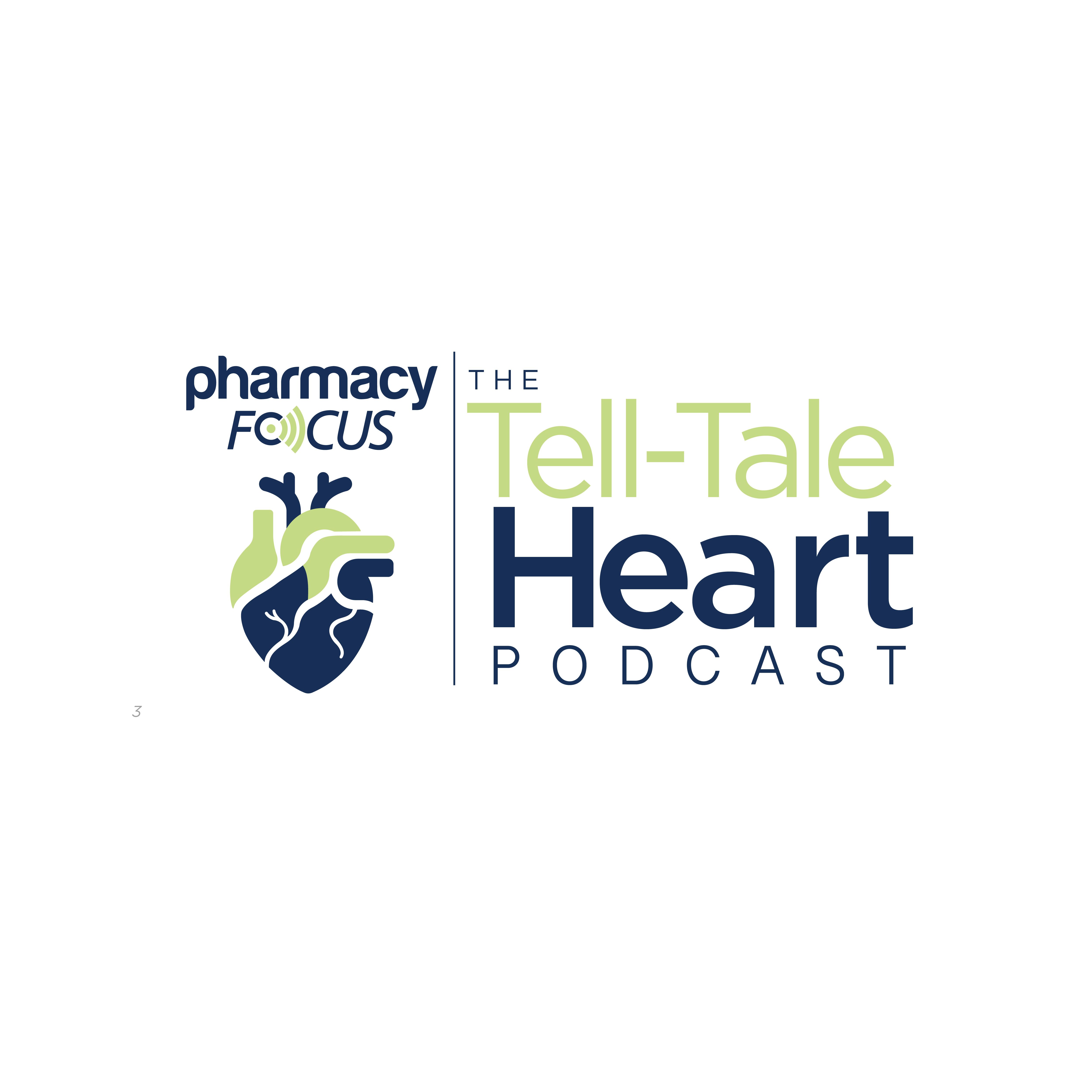News
Article
Long-Term Follow-Up Data from the CASSIOPEIA Trial Show Continued MRD, PFS Benefit in Multiple Myeloma
Author(s):
Key Takeaways
- Daratumumab plus VTd followed by maintenance significantly improves MRD negativity and PFS in NDMM patients.
- The CASSIOPEIA trial's 80-month follow-up confirms superior MRD and PFS outcomes with daratumumab.
Adding daratumumab improved minimal residual disease (MRD) negativity rates, leading to superior progression-free survival (PFS).
Daratumumab (Darzalex; Johnson & Johnson) plus bortezomib, thalidomide, and dexamethasone (VTd) followed by daratumumab maintenance demonstrated the deepest and most durable minimal residual disease (MRD) negativity, leading to superior progression-free survival (PFS) outcomes. The data are from a long-term follow-up of patients with newly diagnosed multiple myeloma (NDMM) in the phase 3 CASSIOPEIA trial (NCT02541383).1
Multiple myeloma cells | Image Credit: © LELISAT - stock.adobe.com

Multiple myeloma (MM) is the second most common hematologic malignancy, characterized by the overproduction of B lymphocytes. This leads to renal failure, anemia, brittle bones, and other complications. It remains incurable, but substantial advancements in treatments have prolonged lives for thousands of patients. Unfortunately, all patients with MM will relapse and responses typically worsen with each successive treatment, calling for further evolutions in therapeutic options.2
Daratumumab is a monoclonal antibody that targets CD38, a glycoprotein that is overexpressed on malignant cells, and that both promotes the proliferation of diseased cells and reduces reaction to treatment. Daratumumab, which was first authorized in November 2015, has 9 indications, including the treatment of MM in frontline settings and for newly diagnosed patients who are eligible or ineligible.2
In the CASSIOPEIA trial, researchers evaluated the clinical benefit of adding daratumumab to the triple combination VTd in patients with NDMM. Data from an 80-month follow-up were published by the researchers in Blood in March 2025 and show the continued superior MRD and PFS benefits associated with the addition of daratumumab. In the trial, patients were randomly assigned 1:1 to receive either daratumumab plus VTd (D-VTd) or VTd induction or consolidation, of which the patients who remained on the study were re-randomized to receive daratumumab maintenance or observation.3
At the 80-month follow-up, the D-VTd group experienced improvements in overall MRD-negativity rates (10 to 5) post-induction of 34.6% and post-consolidation of 63.7% compared with 23.1% and 43.7%, respectively, in the VTd group. Additionally, treatment with D-VTd provided PFS benefit regardless of post-induction MRD status. Daratumumab maintenance improved overall MRD-negativity rates over observation, regardless of induction/consolidation treatment. In the D-VTd and daratumumab maintenance group compared with the D-VTd and observation group, MRD-negativity rates were 77.3% versus 70.7% at the 10⁻⁵ threshold (P=.0417) and 60.7% vs 52.0% at the 10⁻⁶ threshold (P=.0365). In the VTd and daratumumab maintenance group compared with the VTd and observation group, MRD-negativity rates were 70.9% and 51.2% at the 10⁻⁵ threshold (P<.0001) and 48.4% and 30.7% at the 10⁻⁶ threshold (P<.0001).3
Additionally, daratumumab maintenance provided PFS benefit compared with observation, regardless of induction or consolidation treatment and post-consolidation MRD status. Superior long-term PFS outcomes were consistently achieved by D-VTd followed by daratumumab maintenance, which resulted in the greatest landmark, accumulative, and persistent MRD-negativity rates (10 to 5 and 10 to 6).3
The data build on prior trial observations supporting the clinical benefit of adding daratumumab to VTd followed by daratumumab maintenance instead of observation. The results show the benefit of maintenance therapy over observation for patients with NDMM, opening the door to improved durability and deeper responses.






